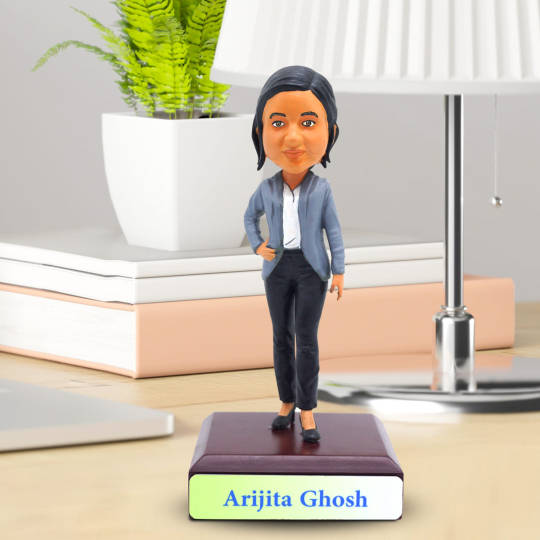#miniature models
Text
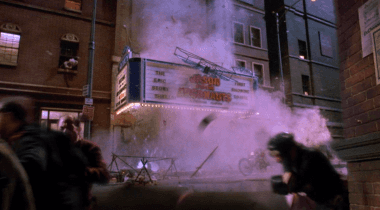

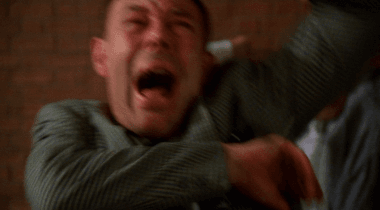




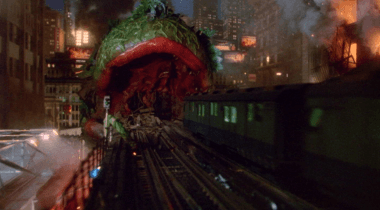
Little Shop of Horrors (1986)
#little shop of horrors gif#horror comedy#80s musicals#frank oz#practical effects#miniature models#richard conway#bran ferren#carnivorous plants#80s movies#1980s#1986#gif#chronoscaph gif
543 notes
·
View notes
Text



RED MOON
The second of my 75mm Miniature line with Mindwork Studios is available to purchase now! It's really surreal to see her come to life in this way! Alex Carratala has done such a fantastic job with the sculpt on her!
You can find her here
478 notes
·
View notes
Photo

(via The Grim Crime-Scene Dollhouses Made by the ‘Mother of Forensics’ - Atlas Obscura)
This is one of Frances Glessner Lee’s Nutshell Studies of Unexplained Death, a series of 1/12-scale dioramas based on real-life criminal investigation cases. They were used—and continue to be studied even today—to train investigators in the art of evidence gathering, meticulous documentation, and keen observation. And they were created by one of the most unlikely and influential figures in crime scene forensics.
#Frances Glessner Lee#Nutshell Studies of Unexplained Death#1/12-scale dioramas#crime-scene#forensics#science#miniature models#vintage
125 notes
·
View notes
Text


I had no idea that Dog Soldiers used miniature models!
38 notes
·
View notes
Text
youtube
This youtube channel has a substantial library of videos about the miniatures built for various movies. You'll be surprised how many effects were done with real models!
3 notes
·
View notes
Text
Product Miniature Model Making: Crafting the Small World
Product miniature model making is the art of creating scaled-down replicas of objects or products. It involves meticulous attention to detail and precision to replicate the original product in a smaller size. This practice finds applications in various industries, including architecture, engineering, manufacturing, and marketing.

Importance of Product Miniature Models
Miniature models serve as invaluable tools for visualization and communication. They provide a tangible representation of a product’s design, allowing stakeholders to grasp its features, proportions, and functionality more effectively. Additionally, miniature models aid in the evaluation of design concepts, facilitating decision-making and refinement processes.
Materials Required for Miniature Model Making
Creating miniature models requires a range of materials, including:
Plastic: Ideal for 3D printing and injection molding.
Wood: Suitable for handcrafting and CNC machining.
Resin: Offers excellent detail reproduction and durability.
Metal: Utilized for sturdy and high-quality models.
Techniques for Creating Miniature Models
3D Printing
3D printing enables the rapid prototyping of miniature models with intricate details. It involves layer-by-layer deposition of material based on digital design specifications.
Handcrafting
Handcrafting involves traditional methods such as carving, sculpting, and assembling materials by hand. It offers a personal touch and allows for customization according to specific requirements.
CNC Machining
Computer Numerical Control (CNC) machining utilizes automated tools to precisely shape materials according to digital designs. It ensures accuracy and consistency in miniature model production.
Steps to Create a Miniature Model
Conceptualization
The first step involves defining the purpose and scope of the miniature model. This includes identifying key features, dimensions, and materials to be used.
Designing
Designing entails translating conceptual ideas into detailed plans using CAD software or traditional drafting techniques. It involves determining proportions, dimensions, and assembly methods.
Prototyping
Prototyping involves creating a preliminary version of the miniature model to assess its feasibility and functionality. This step allows for iterations and improvements before final production.
Finalizing

Tips for Perfecting Miniature Models
Focus on Detail: Pay attention to even the smallest features to enhance realism.
Use Quality Materials: Select materials that best suit the intended purpose and ensure durability.
Experiment with Techniques: Explore various techniques to achieve desired results and refine skills.
Seek Feedback: Solicit feedback from peers or clients to identify areas for improvement and validation.
Practice Patience: Miniature model making requires patience and precision, so take your time to achieve perfection.
Applications of Miniature Models
Miniature models find applications across diverse industries, including:
Architecture: for presenting building designs and urban planning projects.
Product Design: for prototyping consumer goods and industrial products.
Film and Animation: for creating props and set pieces in movies and TV shows.
Marketing: for showcasing products in exhibitions, trade shows, and promotional materials.
Challenges in Miniature Model Making
Despite its benefits, miniature model making poses several challenges, including:
Scale Accuracy: Ensuring precise scaling to accurately represent the original object.
Material Limitations: Working with materials that may have constraints in terms of strength, flexibility, or detail reproduction.
Time and Cost: Balancing the investment of time and resources required for intricate detailing and production.
Fragility: Dealing with delicate structures that may be prone to breakage or damage during handling or transportation.
Future of Miniature Model Making
Advancements in technology, such as 3D printing and digital modeling software, are poised to revolutionize miniature model making. These developments will streamline the production process, enhance precision, and expand the possibilities for creativity. Additionally, the integration of virtual reality and augmented reality may offer new avenues for interactive and immersive experiences with miniature models.
Conclusion
Product miniature model making is a fascinating blend of artistry, craftsmanship, and technical skill. It plays a crucial role in visual communication, prototyping, and design validation across various industries. By harnessing innovative techniques and materials, miniature model makers continue to push the boundaries of creativity and realism.
0 notes
Text
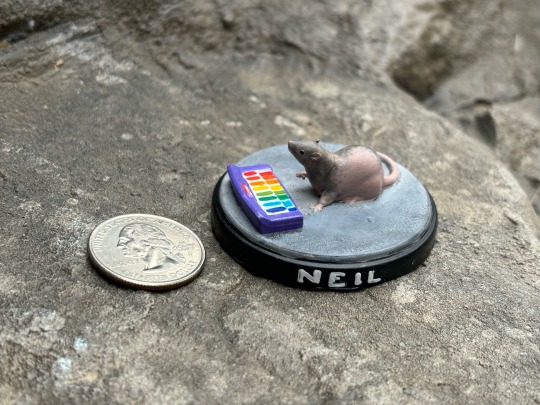



Happy Neil Banging out the Tunes day to all who celebrate!
I’ve gotten into resin printing and mini painting recently so I had to print out the little Neil model I made last year in honor of my favorite holiday
3K notes
·
View notes
Text
How does one create miniature models of famous landmarks?
Creating miniature models of famous landmarks is a popular hobby that requires attention to detail, patience, and skill. The process of making these models can be time-consuming, but the end result is a beautiful and intricate piece of art that can be displayed and admired for years to come. In this article, we will explore the materials and techniques needed to create miniature models of famous…
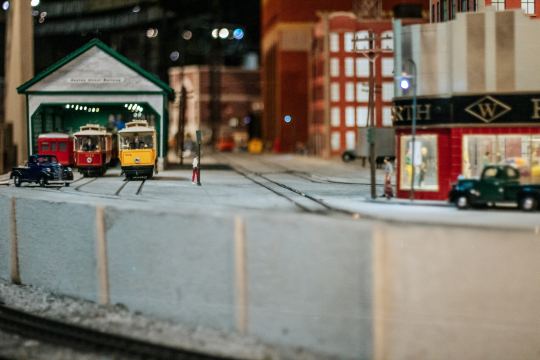
View On WordPress
#accuracy#acrylic paint#attention to detail#clear coat#famous landmarks#fine brushes#foam board#hobby#miniature models#patience#Polymer clay#reference images
0 notes
Text
Doghouse, Levins St. Paper Miniature
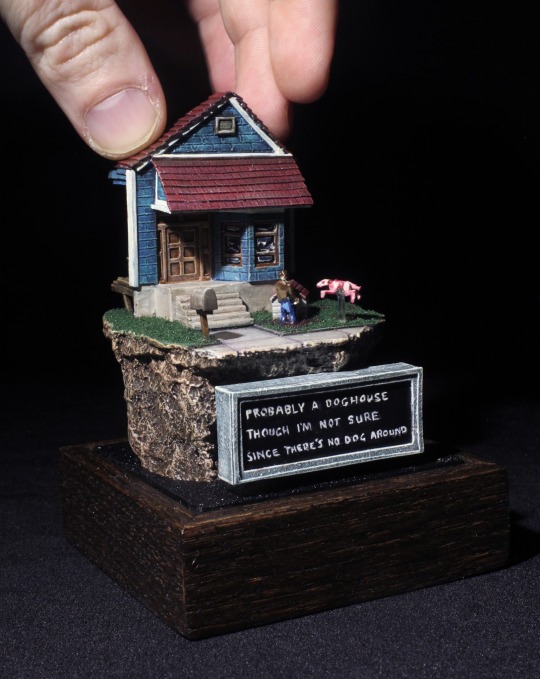
[Silent Hill]
Made from paper for AGDQ2024




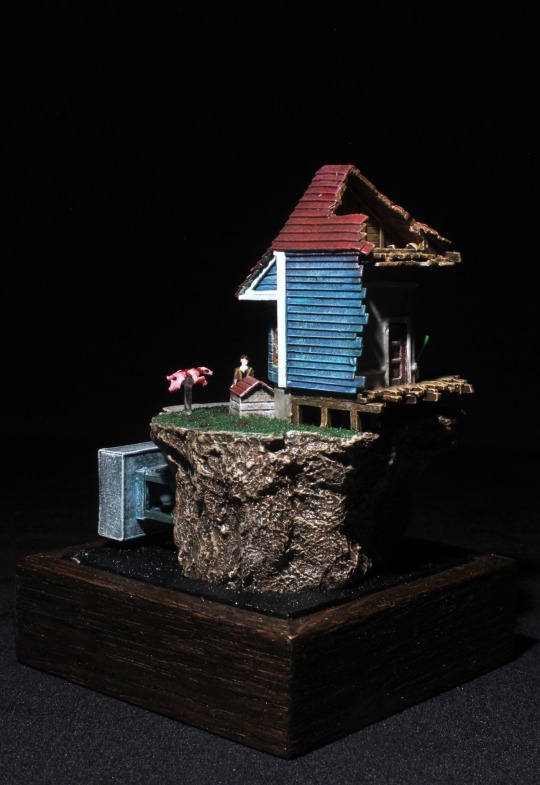




#miniatures#papercraft#model making#paper art#scale model#miniaturist#papermodel#paper model#video games#art#silent hill#horror#survival horror
4K notes
·
View notes
Text
The auction has started! Come by and check it out! =D
#twitch#auction#live auction#miniature painting#miniature models#miniatures#warhammer#40k#warhammer 40000#WH40k#warhammer 40k#games workshop#citadel#citadel miniatures#warhammer art
0 notes
Photo

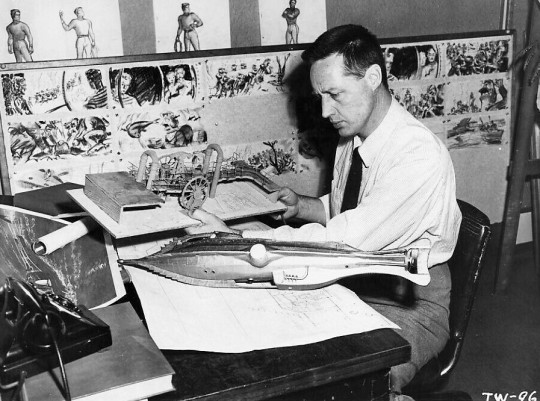


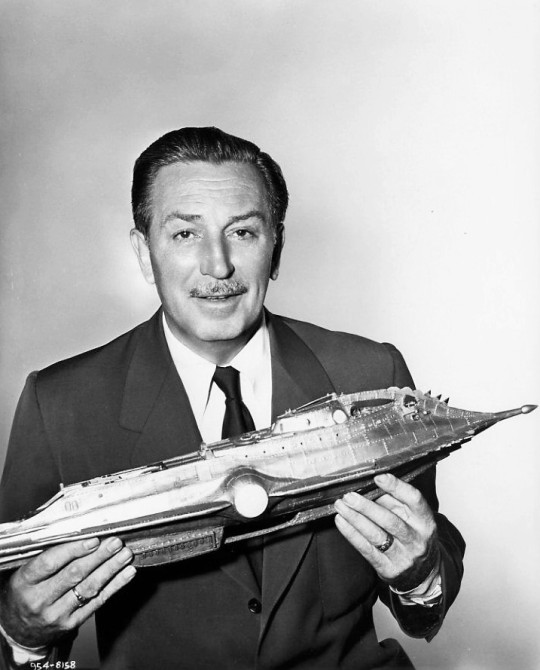

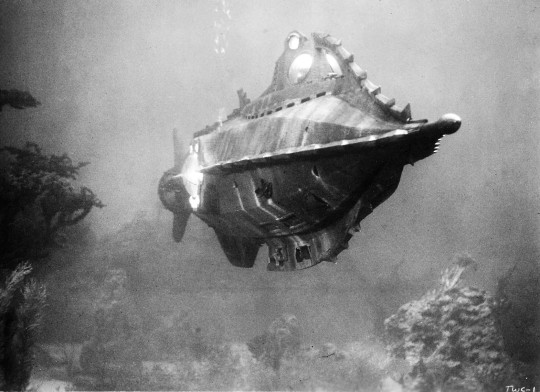
The Nautilus - 20,000 Leagues Under the Sea (1954)
#20000 leagues under the sea#nautilus#harper goff#walt disney#concept art#miniature models#special effects#film production#50s sci-fi#50s movies#captain nemo#jules verne#1950s#1954
510 notes
·
View notes
Text
3D Miniature Model Making | Landscape Model Making
3D miniature model making is a fascinating and intricate art form that has gained a lot of popularity in recent years. The process involves using 3D printing technology to create detailed, scaled-down replicas of real-life objects, buildings, and landscapes.
One of the biggest advantages of 3D miniature model making is its accuracy and precision. With the help of computer software, designers can create extremely detailed and complex models that accurately represent the original object or structure. This level of accuracy and precision is not possible with traditional miniature model-making techniques.
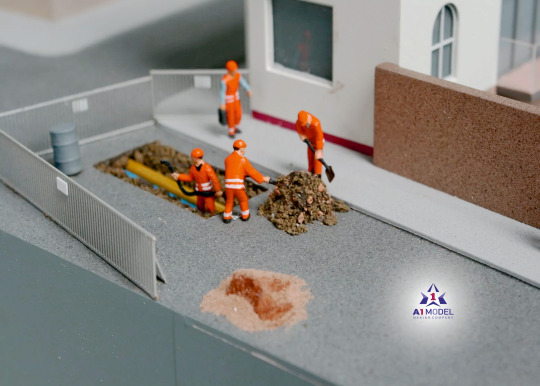
The process of creating a 3D miniature model begins with a 3D design created using computer-aided design (CAD) software. The design is then sent to a 3D printer, which prints the model layer by layer using a variety of materials such as plastics, resins, and metals.
The printing process can take anywhere from a few hours to several days, depending on the size and complexity of the model. Once the printing is complete, the model is removed from the printer and any excess material is removed using various tools and techniques.
The final step in the process is finishing and painting the model to give it a realistic look and feel. This involves using various techniques such as sanding, polishing, and painting to create a finished product that accurately represents the original object or structure.
3D miniature model making has a wide range of applications, including architecture, engineering, film and television, and gaming. Architects and engineers use 3D miniature models to visualize and test building designs before construction begins, while filmmakers and game designers use them to create realistic and detailed sets and landscapes.
Overall, 3D miniature model making is a fascinating and highly specialized art form that offers a level of accuracy and precision that traditional miniature model making techniques simply cannot match. With the help of 3D printing technology, designers can create stunning and intricate models that accurately represent the original object or structure, making it an invaluable tool in a wide range of industries.
Landscape Model Making
Landscape model making is a fun and creative activity that can help you bring your outdoor space to life. Whether you’re creating a model of your backyard, a park, or a favorite natural area, a landscape model can help you visualize your ideas and plan your design.
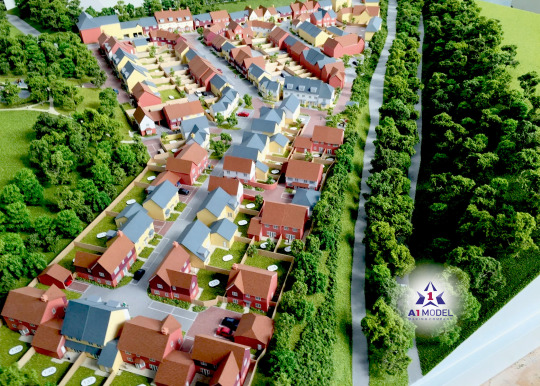
To get started with landscape model making, you’ll need a few basic materials. These include:
A base material: You can use a variety of materials for the base of your model, such as foam board, plywood, or even cardboard. Choose a material that is sturdy enough to support your model and that is the right size for your project.
Landscaping materials: You’ll need materials such as sand, rocks, gravel, and soil to create the terrain of your model. You can also use materials like artificial grass or moss to create the look of vegetation.
Trees and shrubs: Trees and shrubs are an important part of any landscape, so you’ll need to include them in your model. You can use model trees and shrubs, or create your own using wire and modeling clay.
Buildings and structures: If you’re creating a model of a park or a backyard, you’ll need to include buildings and other structures such as fences, benches, and playground equipment.
Once you have your materials, you can start building your landscape models. Begin by creating the terrain of your model using sand, rocks, and other landscaping materials. Use glue to secure the materials in place.
Next, add trees and shrubs to your model. Place them in areas where they would naturally grow, and vary their size and shape to create a realistic look.
If you’re including buildings or structures in your model, add them next. Use modeling clay or other materials to create the structures, and place them in the appropriate locations.
Finally, add any finishing touches to your model, such as small details like flowers or animals. Use your imagination to make your model as realistic and detailed as possible.
When your model is complete, step back and admire your work! You can use your model to plan out your actual outdoor space, or simply enjoy it as a fun and creative project. With landscape model making, the possibilities are endless!
Conclusion :
A One Model Making Company is a leading miniature model making company based in India. We specialize in creating highly detailed and accurate all types of 3d miniature models of buildings, monuments, landmarks, and other objects. Our team of skilled and experienced model makers uses the latest technology and materials to create visually stunning and durable models.
#3d scale model maker#architectural model maker#marine model maker#miniature model maker#engineering model maker#industrial model maker#art#craft#architectural model#3d model maker#model makers#landscape#miniature models#industrial model#marine model#engineering model
0 notes
Photo

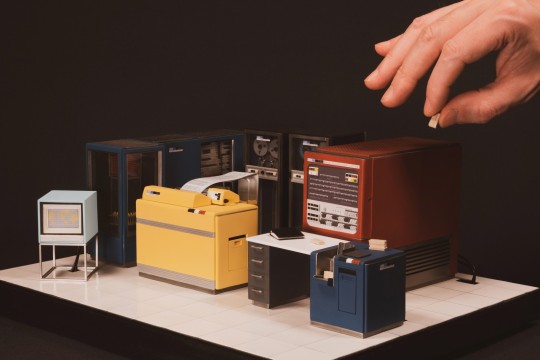
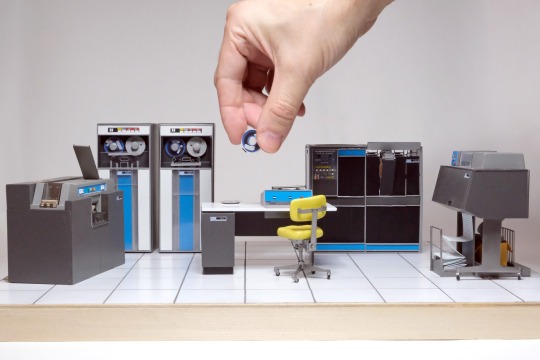

cutesy Miniature HP & IBM Computers by Miniatua Limited Edition
6K notes
·
View notes
Text

32 mm plastic bases ready to paint and add to your miniature models
#sharkyswaters#tabletop gaming#miniatures#miniature models#modeling supplies#miniature supplies#miniature bases#modeling bases
0 notes
Text
I built a Cyberpunk City out of GARBAGE
(AKA: What you do when you’re stuck at home and bored to tears)

So, one of the wilder things I did during the pandemic was build my own cyberpunk city to use for a music video shoot.
The bones of the project just uses completely randomly pieces of cardboard and other crap from my garage, randomly glued together into shapes that looked vaguely building-like, and spray-painted gray and black to look somewhat on-purpose.
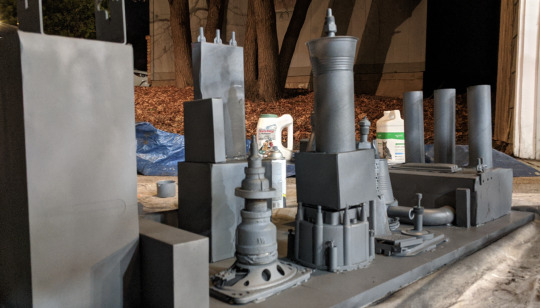
(Party cups and left over toilet paper tubes just add to the aesthetic)
The next thing I did was add dramatic uplighting, because let’s face it... everything looks cooler and bigger and more intense if it’s uplit. Chunks of leftover LED strips work really well, and it’s really easy to isolate just the blue circuits. It creates the illusion of scale which is important for any model to look large.
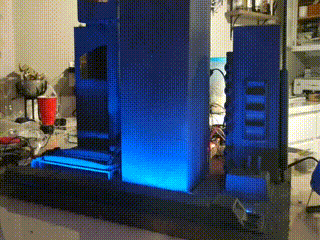
Of course, no city is complete without BLINKY LIGHTS (and I’m sure you noted already there’s some blinky action on top of the towers here) so I spent a bunch of time googling blinking light circuits and experimenting with them on a breadboard before ultimately extending the wires to glue them to the buildings themselves.

(I got a basic electronics kit on Amazon for most of the components)
Then, I put white LED strips inside of the bigger buildings (a little trickier to isolate the W circuits but not impossible!) and poked holes to simulate lit windows for ultimate sci-fi street cred.
At this stage, things were looking pretty legit.
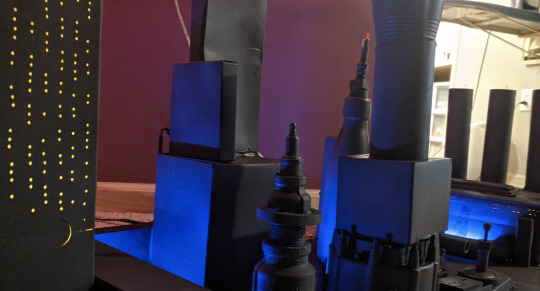

The “final” touch was to create a virtual billboard to go in one of the sections. I had an old first gen ipod touch that I made a little slot for and cobbled together a video loop for. (Don’t worry it’s not permanently installed or anything -- it just slides in and out.)

... and of course what dystopian future is complete without flying cars...?
A little platform for a hotwheels car to go on (after it’s all painted green of course for the greenscreen.)

Insert some practical effects, some video-editing magic, and VOILA! ... it’s CYBERPUNK TIME BAYBEE.
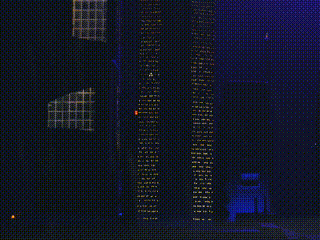
I was inspired by a post on here from literally years ago about making a city out of garbage and LED’s and decided to take it to the next level. I’m sure at some point I could save myself the trouble by learning how to 3D model but this was so much more fun.
I probably spent too much time on this but if you’re in any way curious about what the final result turned out to be, the video I built all of this for premieres on October 15th.
4K notes
·
View notes

